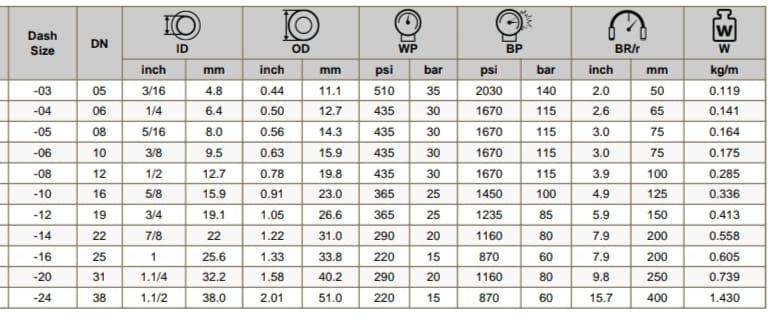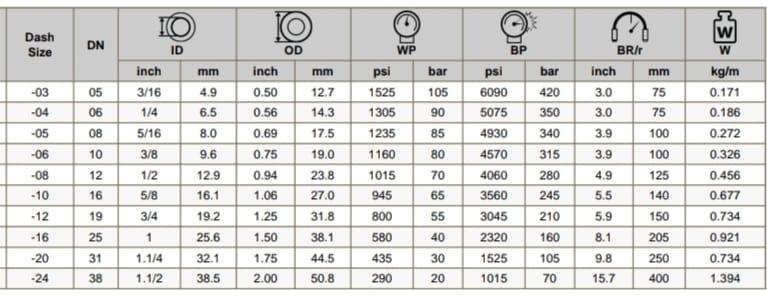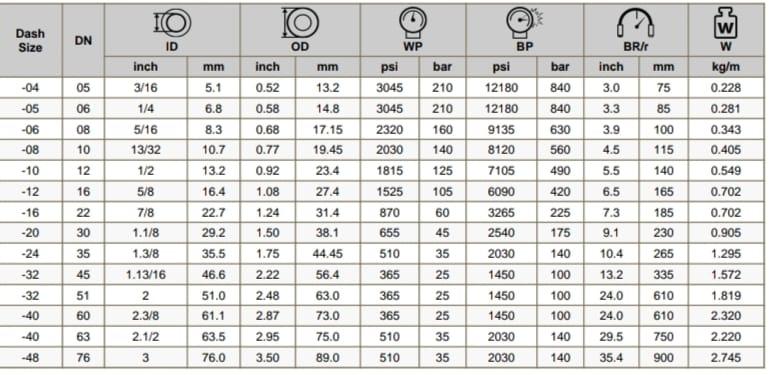HYDRAULIC HOSE PIPE SUPPLIER IN VADODARA GUJARAT |Suitable for hydraulic fluids like mineral and veg |Commonly used in high-pressure hydraulic systems, |Suitable for hydraulic systems in industries like |Used in applications requiring high-pressure fluid |Also used in marine and offshore applications wher |Low-pressure hydraulic systems |Air brake systems |Agricultural machinery |General industrial applications |Low-Pressure Hydraulic Systems: |Fuel Oil Lines |Air and Water Lines |Lubrication Systems |General Industrial Applications |Low-Pressure Hydraulic Systems |General Industrial Fluid Transfer |Agricultural Machinery: |Automotive Application |Cooling Systems: |Automotive Repair |Construction Equipment |Industrial Applications |Agricultural Machinery |Aerospace |Oracle E-Business Suite R12 |12 Refrigerant |R12 in Other Fields |Cryogenic Cooling |Industrial Refrigeration |Low-Temperature Refrigeration |Specialized Cooling Systems |Industrial Machinery |Mining Equipment |Oil and Gas Industry |Marine Applications |Automotive Industry |Aerospace Industry |Industrial Cleaning |Concrete and Surface Preparation |Pipe and Drain Cleaning |Paint Removal |Surface Preparation for Maintenance |Environmental Cleaning |Construction and Mining |Automotive |Electrical Safety |Industrial and Construction |Aerospace and Automotive |Hydraulic Systems |Pneumatic Systems |Automotive and Aerospace |Solar Panel and Wind Turbine Models |Data Collection Tools |Interactive Software |Sensors and Meters |Building Materials |Understand the Requirements |Prepare Your Materials |Focus on STEAM Elements |Organize Your Application |Proofread and Review |Submit and Follow Up |Agriculture |Construction |Industrial: |Municipal |Industria |Emergency Response |Fuel Transfer |Oil Handling |Marine |Industrial |Cement and Concrete Handling |Sand and Gravel |Grain Handling |Feed Transport |Ore and Mineral Transfer |Tailings Management |Powdered Ingredients |Bulk Food Products |Chemical Transfer |Pharmaceuticals |Granules and Powders |Recycled Materials |Waste Handling |Surface Preparation |Finishing Work |Maintenance |Suitable for use in industries such as manufacturi |Commonly used for powering pneumatic tools, machin |Commonly used in chemical processing, pharmaceutic |Suitable for both suction and discharge applicatio |Used in various industries, including chemical pro |Suitable for use in environments where high perfor |Ideal for construction sites, mining operations, d |Commonly used for suction and discharge applicatio |Used in construction equipment such as excavators, |Applied in agricultural machinery like tractors, h |Utilized in automotive applications for hydraulic |Construction: |Automotive: |Applied in automotive hydraulic systems for vehicl |Sewer Cleaning: |Blockage Removal: Effectively clears blockages cau |Automotive Painting: |Used for painting cars, trucks, and other vehicles |Vehicle Finishes: Ideal for applying automotive pa |High-Pressure Applications: Commonly used in hydra |Chemical Handling: |Fluid Transfer: Suitable for transferring hydrauli |Performance Vehicles: Used in performance and raci |Aerospace: |Aircraft Hydraulic Systems: Employed in aerospace |Chemical Processing: |Transporting Gases: Used in chemical processing pl |Laboratory: |Gas Handling: Employed in laboratories for handlin |Industrial Equipment: |Manufacturing: Utilized in industrial settings for |Pharmaceutical: |Production: Applied in pharmaceutical manufacturin |Fluid Transfer: Ideal for transferring corrosive o |Production and Handling: Used in pharmaceutical ma |Gas and Fluid Handling: Employed in laboratories f |Oil and Gas: |Extraction and Transport: Used in the oil and gas |Repair and Maintenance: Used to power various pneu |Tools and Equipment: Employed on construction site |Manufacturing: |Assembly and Production: Used in manufacturing fac |Industrial Maintenance: |Facility Maintenance: Applied in industrial settin |DIY and Home Improvement: |Oxy-Acetylene Welding: |Welding and Cutting: Used in oxy-acetylene welding |Gas Metal Arc Welding (GMAW): |Shielding Gas: In gas metal arc welding (GMAW) or |Gas Tungsten Arc Welding (GTAW): |Shielding Gas: For gas tungsten arc welding (GTAW) |Repair and Maintenance: Employed in industrial set |Fabrication: |Metalworking: Used in metal fabrication shops for |Air Tools and Equipment: Used to supply compressed |Water Supply: Used for water supply and distributi |Agriculture: |Irrigation: Applied in agricultural settings for i |Air-Driven Tools: Used to power various air-driven |Site Maintenance: Used on construction sites for b |Commercial: |Cleaning and Maintenance: Employed in commercial s |Fluid Transfer: Used in industrial applications fo |High-Pressure Systems: Employed in high-pressure a |Corrosive Fluids: Used to transfer corrosive or ha |Exploration and Production: Applied in the oil and |Aircraft Systems: Used in aerospace applications f

This is your website preview.
Currently it only shows your basic business info. Start adding relevant business details such as description, images and products or services to gain your customers attention by using Boost 360 android app / iOS App / web portal.
hydraulic hose pipe supplier in vadodara gujarat 


PNEUMATIC TOOL HOSE
VIEW DETAILS
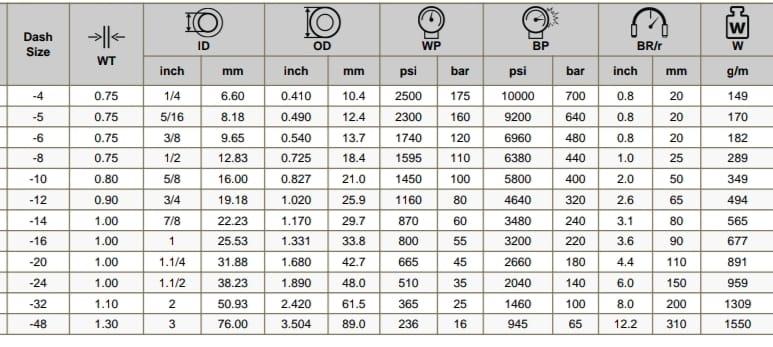
PTFE CONVOLITED HOSE
VIEW DETAILS
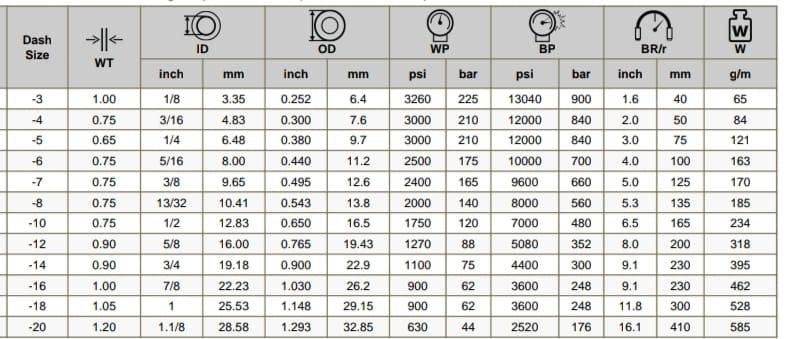
R 14
VIEW DETAILS

PANIT SPRAY - 2 W
VIEW DETAILS

PAINT SPRAY - 1 W
VIEW DETAILS
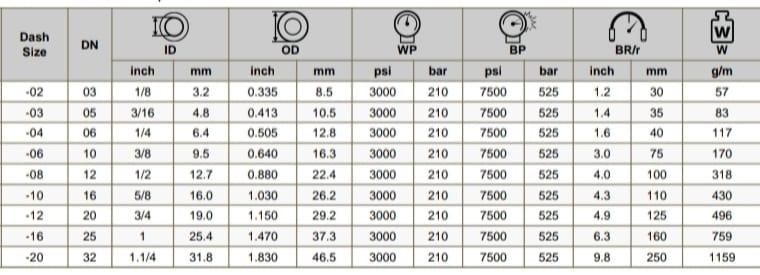
SEWER JET - 3000 PSI
VIEW DETAILS
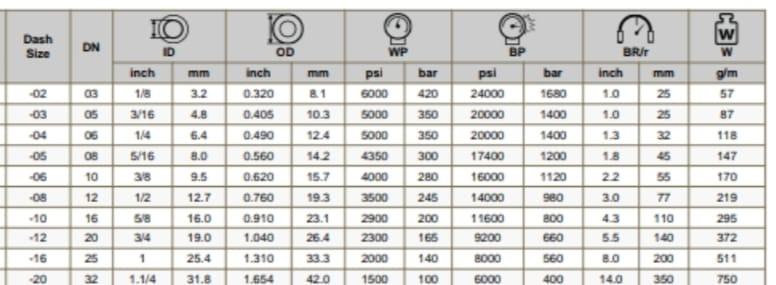
HIGH PRESSURE HYDRALIC HOSE - R8
VIEW DETAILS
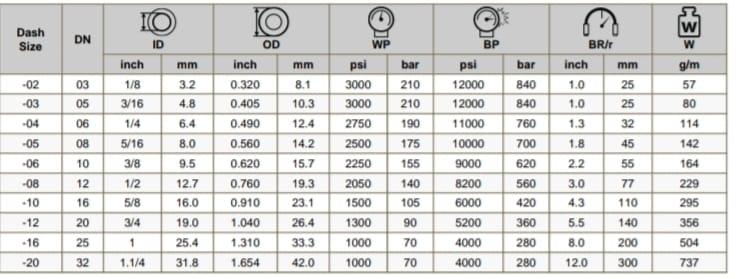
MEDIUM PRESSURE HYDRAULIC HOSE
VIEW DETAILS

UHMP CHEMICAL S & D HOSE
VIEW DETAILS

XLPE CHEMICAL SUCTION DISCHARGE HOSE W
VIEW DETAILS

INDUSTRIAL DUTY AIR HOSE W.P 20 BAR
VIEW DETAILS
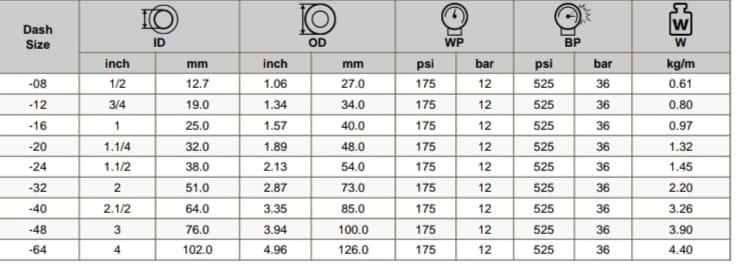
SHOT BLASTING HOSE W.P. 12 BAR
VIEW DETAILS
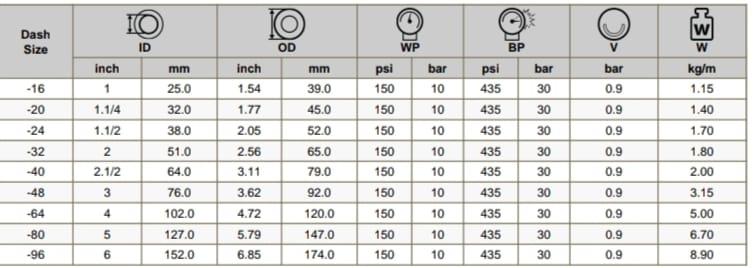
BULK MATERIAL SUCTION AND DISCHARGE HO
VIEW DETAILS
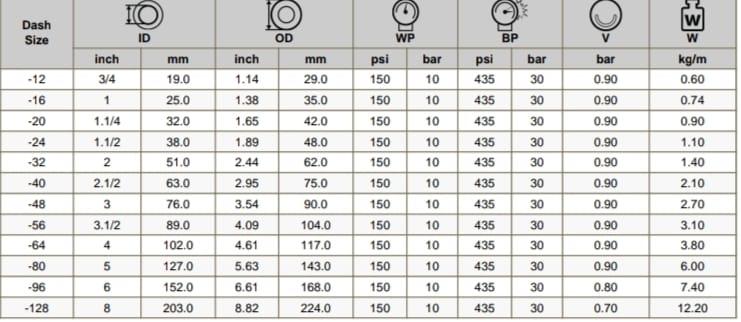
OIL / FULE SUCTION & DISCHARGE HOSE W.
VIEW DETAILS
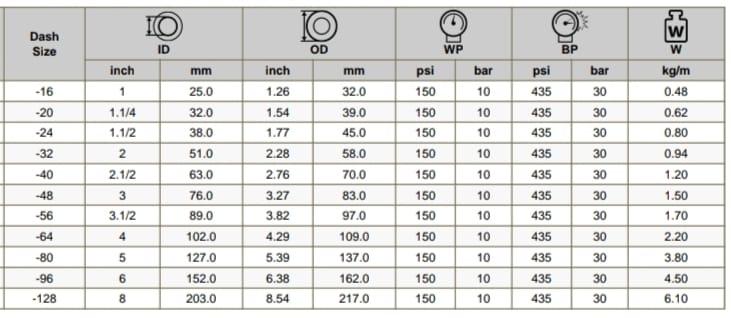
WATER DISCHARGE HOSE W.P 10 BAR - LAY
VIEW DETAILS
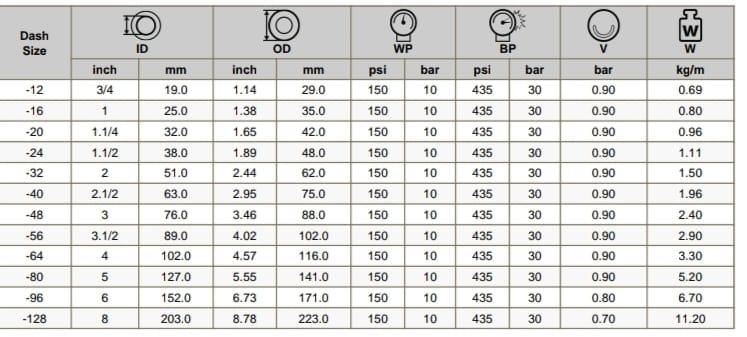
WATER SUCTION & DISCHARGE HOSE W.P 10
VIEW DETAILS
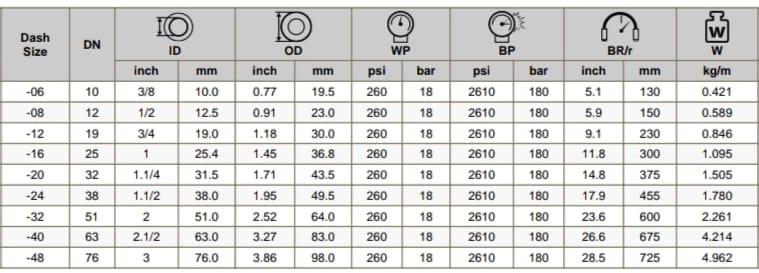
STEAM 2 W/B
VIEW DETAILS

STEAM 1 W/B
VIEW DETAILS

SPIRAL OF HIGH TENSILE STEEL WIRE
VIEW DETAILS

VERY HIGH PRESSURE JACK HOSE - NON CON
VIEW DETAILS
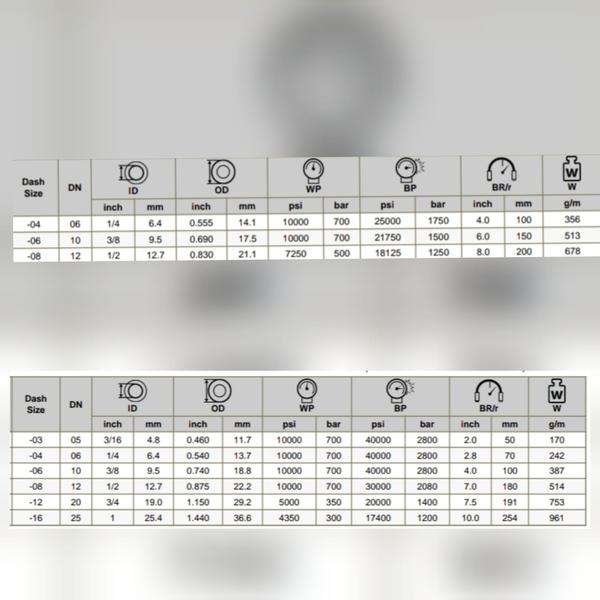
VERY HIGH PRESSURE JACK HOSE
VIEW DETAILS

WATER BLAST 45
VIEW DETAILS

WATER BLAST 40
VIEW DETAILS

WATER BLAST 30
VIEW DETAILS

4SH
VIEW DETAILS
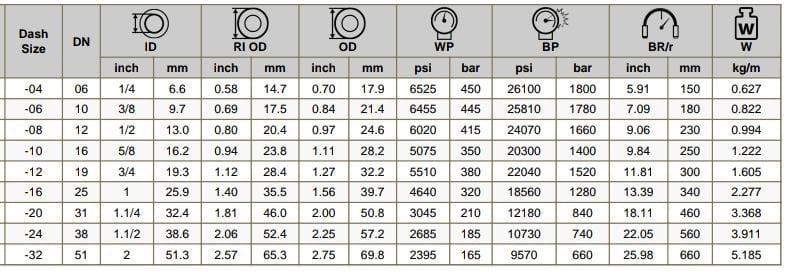
4SP
VIEW DETAILS

R15
VIEW DETAILS

R13
VIEW DETAILS
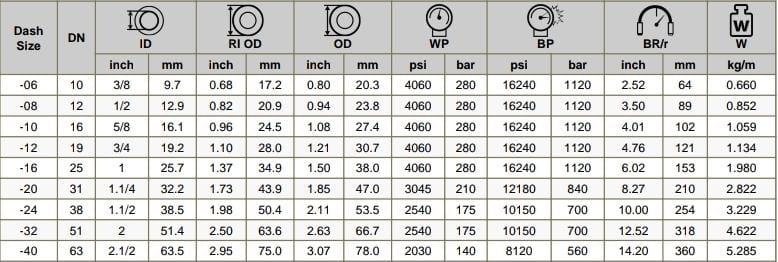
R12
VIEW DETAILS

JACK HOSE
VIEW DETAILS

TRIFLEX
VIEW DETAILS
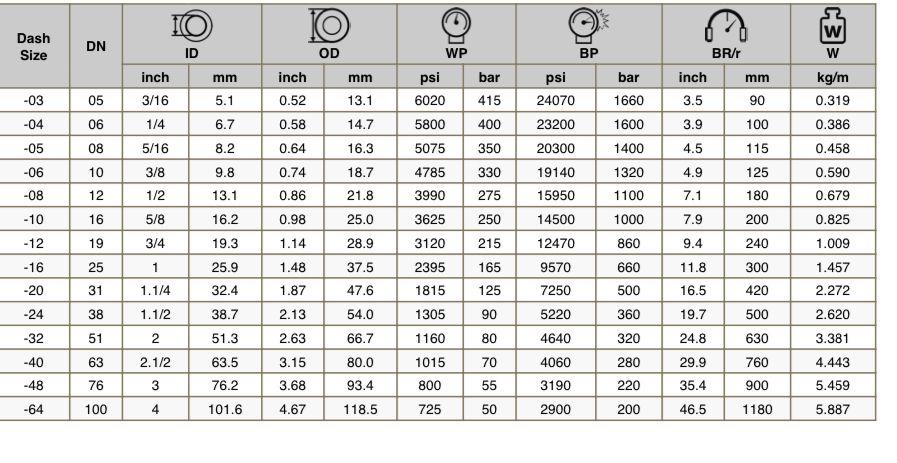
R2 AT/2SN
VIEW DETAILS
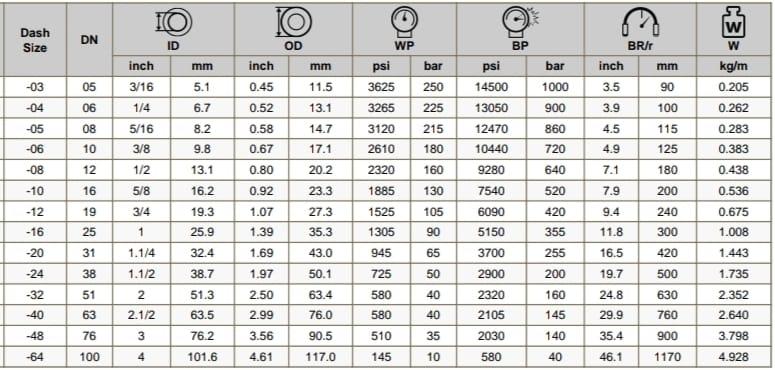
R1AT/1SN
VIEW DETAILS
Filter using tags
HYDRAULIC HOSE PIPE SUPPLIER IN VADODARA GUJARATSuitable for hydraulic fluids like mineral and vegCommonly used in high-pressure hydraulic systems, Suitable for hydraulic systems in industries like Used in applications requiring high-pressure fluidAlso used in marine and offshore applications wherLow-pressure hydraulic systemsAir brake systemsAgricultural machineryGeneral industrial applicationsLow-Pressure Hydraulic Systems:Fuel Oil LinesAir and Water LinesLubrication SystemsGeneral Industrial ApplicationsLow-Pressure Hydraulic SystemsGeneral Industrial Fluid TransferAgricultural Machinery:Automotive ApplicationCooling Systems:Automotive RepairConstruction EquipmentIndustrial ApplicationsAgricultural MachineryAerospaceOracle E-Business Suite R1212 RefrigerantR12 in Other FieldsCryogenic CoolingIndustrial RefrigerationLow-Temperature RefrigerationSpecialized Cooling SystemsIndustrial MachineryMining EquipmentOil and Gas IndustryMarine ApplicationsAutomotive IndustryAerospace IndustryIndustrial CleaningConcrete and Surface PreparationPipe and Drain CleaningPaint RemovalSurface Preparation for MaintenanceEnvironmental CleaningConstruction and MiningAutomotiveElectrical SafetyIndustrial and ConstructionAerospace and AutomotiveHydraulic SystemsPneumatic SystemsAutomotive and AerospaceSolar Panel and Wind Turbine ModelsData Collection ToolsInteractive SoftwareSensors and MetersBuilding MaterialsUnderstand the RequirementsPrepare Your MaterialsFocus on STEAM ElementsOrganize Your ApplicationProofread and ReviewSubmit and Follow UpAgricultureConstructionIndustrial:MunicipalIndustriaEmergency ResponseFuel TransferOil HandlingMarineIndustrialCement and Concrete HandlingSand and GravelGrain HandlingFeed TransportOre and Mineral TransferTailings ManagementPowdered IngredientsBulk Food ProductsChemical TransferPharmaceuticalsGranules and PowdersRecycled MaterialsWaste HandlingSurface PreparationFinishing WorkMaintenanceSuitable for use in industries such as manufacturiCommonly used for powering pneumatic tools, machinCommonly used in chemical processing, pharmaceuticSuitable for both suction and discharge applicatioUsed in various industries, including chemical proSuitable for use in environments where high perforIdeal for construction sites, mining operations, dCommonly used for suction and discharge applicatioUsed in construction equipment such as excavators,Applied in agricultural machinery like tractors, hUtilized in automotive applications for hydraulic Construction:Automotive:Applied in automotive hydraulic systems for vehiclSewer Cleaning:Blockage Removal: Effectively clears blockages cauAutomotive Painting:Used for painting cars, trucks, and other vehiclesVehicle Finishes: Ideal for applying automotive paHigh-Pressure Applications: Commonly used in hydraChemical Handling:Fluid Transfer: Suitable for transferring hydrauliPerformance Vehicles: Used in performance and raciAerospace:Aircraft Hydraulic Systems: Employed in aerospace Chemical Processing:Transporting Gases: Used in chemical processing plLaboratory:Gas Handling: Employed in laboratories for handlinIndustrial Equipment:Manufacturing: Utilized in industrial settings forPharmaceutical:Production: Applied in pharmaceutical manufacturinFluid Transfer: Ideal for transferring corrosive oProduction and Handling: Used in pharmaceutical maGas and Fluid Handling: Employed in laboratories fOil and Gas:Extraction and Transport: Used in the oil and gas Repair and Maintenance: Used to power various pneuTools and Equipment: Employed on construction siteManufacturing:Assembly and Production: Used in manufacturing facIndustrial Maintenance:Facility Maintenance: Applied in industrial settinDIY and Home Improvement:Oxy-Acetylene Welding:Welding and Cutting: Used in oxy-acetylene weldingGas Metal Arc Welding (GMAW):Shielding Gas: In gas metal arc welding (GMAW) or Gas Tungsten Arc Welding (GTAW):Shielding Gas: For gas tungsten arc welding (GTAW)Repair and Maintenance: Employed in industrial setFabrication:Metalworking: Used in metal fabrication shops for Air Tools and Equipment: Used to supply compressedWater Supply: Used for water supply and distributiAgriculture:Irrigation: Applied in agricultural settings for iAir-Driven Tools: Used to power various air-drivenSite Maintenance: Used on construction sites for bCommercial:Cleaning and Maintenance: Employed in commercial sFluid Transfer: Used in industrial applications foHigh-Pressure Systems: Employed in high-pressure aCorrosive Fluids: Used to transfer corrosive or haExploration and Production: Applied in the oil andAircraft Systems: Used in aerospace applications f

